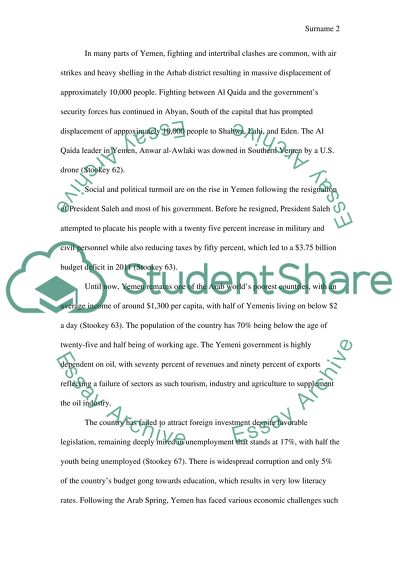Cite this document
(“The Middle East: Yemen Essay Example | Topics and Well Written Essays - 1250 words”, n.d.)
Retrieved de https://studentshare.org/history/1458279-the-middle-east-yemen
Retrieved de https://studentshare.org/history/1458279-the-middle-east-yemen
(The Middle East: Yemen Essay Example | Topics and Well Written Essays - 1250 Words)
https://studentshare.org/history/1458279-the-middle-east-yemen.
https://studentshare.org/history/1458279-the-middle-east-yemen.
“The Middle East: Yemen Essay Example | Topics and Well Written Essays - 1250 Words”, n.d. https://studentshare.org/history/1458279-the-middle-east-yemen.


